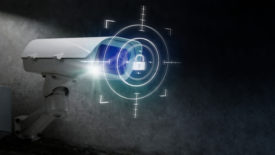Management
Special Report
The continued pandemic, labor shortages, a shift in the hybrid and remote workforce, and other factors have led to an increased threat landscape, hiring challenges and changing roles of security officers.
Read More
Sign-up to receive top management & result-driven techniques in the industry.
Join over 20,000+ industry leaders who receive our premium content.
SIGN UP TODAY!Copyright ©2024. All Rights Reserved BNP Media.
Design, CMS, Hosting & Web Development :: ePublishing












